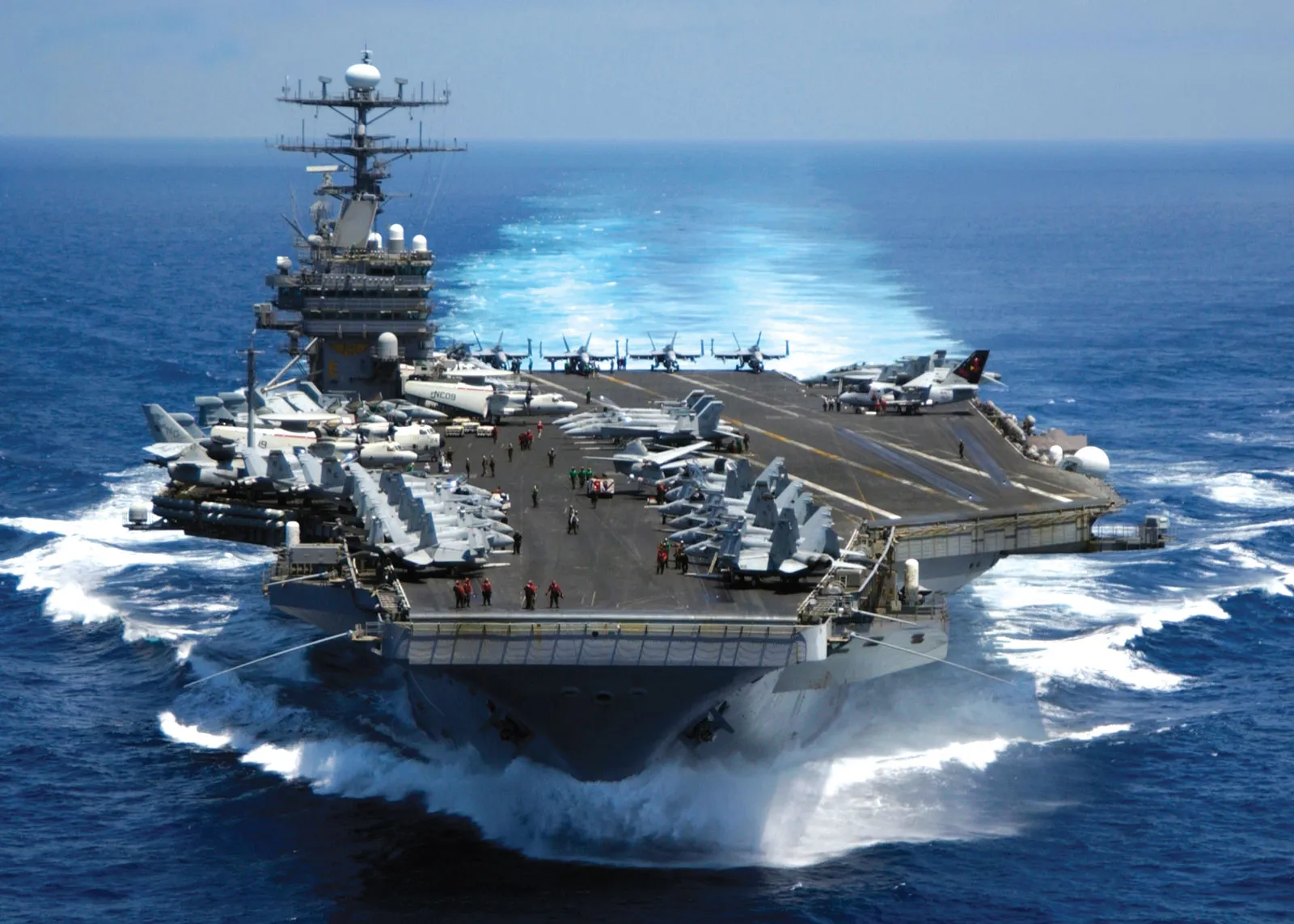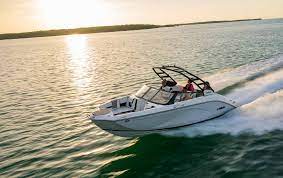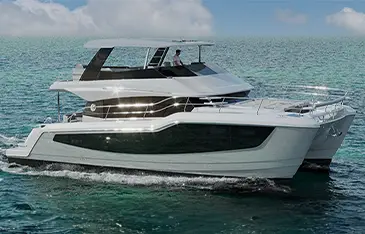Sailboats for Sale: Insider Tips and Top Picks for Buyers
Sailboats have always been a popular choice for those seeking freedom, adventure, and a connection to nature on the open water.
With a variety of types, sizes, and styles available, sailboats cater to a wide range of sailing enthusiasts.
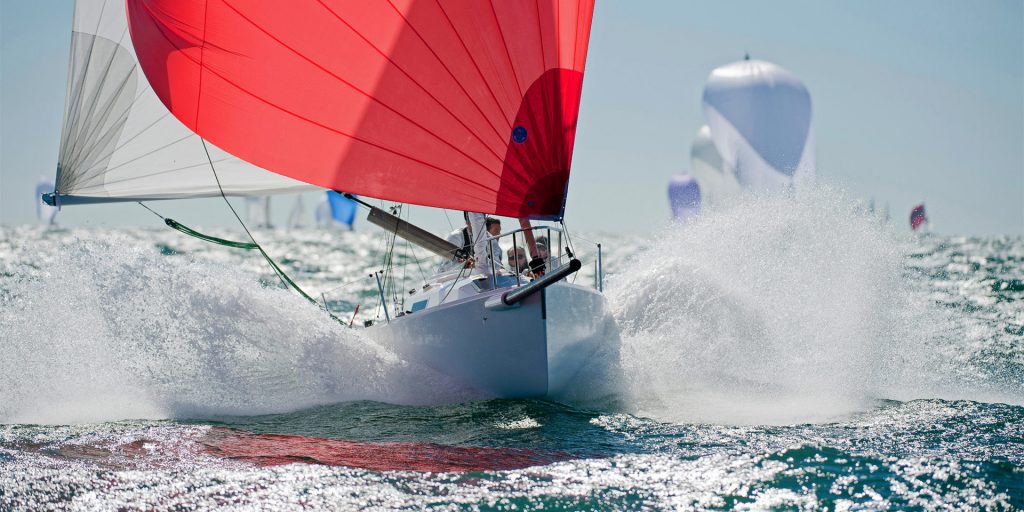
Whether you're a seasoned sailor or a beginner embarking on your maiden voyage, the market offers numerous sailboats for sale, suitable for your needs and preferences.
Understanding the different types of sailboats, their specifications, and your own sailing objectives will play a crucial role in finding the perfect sailboat to suit your needs.
Additionally, being aware of the buying process, maintaining your sailboat, and knowing the various propulsion options available will help ensure an enjoyable and hassle-free sailing experience.
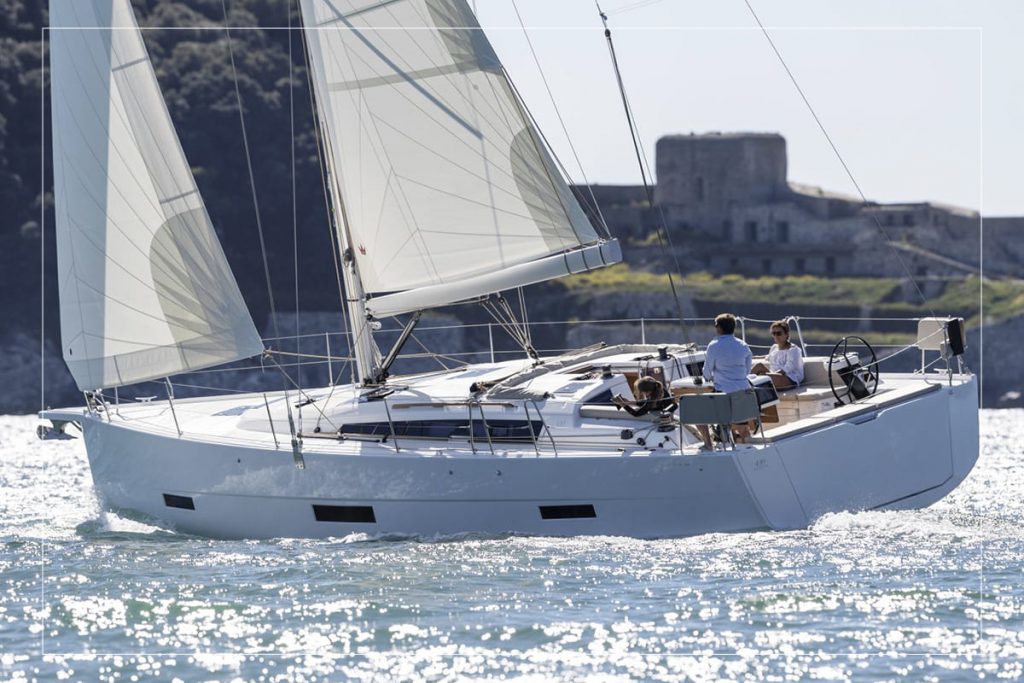
Key Takeaways
- Assessing your sailing objectives will help you choose the right type of sailboat from the diverse market of sailboats for sale.
- Familiarize yourself with sailboat specifications and propulsion options to make an informed decision while buying.
- Consider sailboat maintenance and available resources to ensure longevity and optimal sailing performance.
Types of Sailboats
Monohull
Monohull sailboats are the most common type of sailboats and are popular due to their simplicity and versatility.
They have a single hull, making them easy to maneuver even by a single person. In terms of size, they can range from small dinghies to larger cruising sailboats.
Monohull sailboats include sloops, cutters, and schooners, each with its unique rigging and sail configuration.
Catamarans
A catamaran is a sailboat with two parallel hulls, connected with a framework.
Catamarans deliver more space, stability, and speed compared to monohulls. They are often faster and have shallower drafts, allowing them to access shallow waters, making them a popular choice for cruising and racing.
Due to their increased stability, catamarans also reduce the risk of capsizing in heavy weather.
Trimarans
Trimarans are similar to catamarans but include a third hull, usually located in the center.
This configuration provides additional stability, speed, and performance. The central hull is often used as the main living space, while the side hulls provide extra buoyancy and storage.
Trimarans are popular among racers and cruisers looking for a unique blend of performance and comfort.
Sloops
A sloop is a common type of monohull sailboat characterized by a single mast and two sails: a mainsail and a foresail or jib.
Sloops are fore-and-aft rigged, making them efficient for sailing upwind. Their simplicity and versatility make them popular among sailors of varying levels of experience.
They typically range from 12 to 50 feet in length and can be found in both racing and cruising variants.
Schooners
Schooners are another category of monohull sailboats, known for their multiple masts.
The distinguishing feature of a schooner is that the aft mast (the one closest to the stern) is taller than the forward mast(s).
Schooners' sails are also fore-and-aft rigged, allowing them to sail upwind efficiently. They were historically favored for their speed and windward performance, making them ideal for trade and cargo.
Today, schooners are used both in racing and as cruising vessels.
Finding the Right Sailboat
When looking for sailboats for sale, it's essential to find the right fit based on your preferences, budget, and sailing plans.
In this section, we will explore some key factors to consider when making your decision.
By Manufacturer
There are many reputable sailboat manufacturers, and each offers various models suitable for different sailing purposes. Some of the top sailboat manufacturers include:
- Catalina: Known for their reliable cruising sailboats, Catalina boats are popular among new and experienced sailors alike.
- Hunter: Focused on providing comfort and easy handling, Hunter sailboats are suitable for both day sailing and longer trips.
- Beneteau: Beneteau offers a wide range of sailboats, from small racers to luxury cruisers, appealing to a broad audience.
- Jeanneau: Known for their elegant design and high performance, Jeanneau boats cater to sailors looking for a more luxurious experience.
- Bavaria: With a focus on quality and innovation, Bavaria offers versatile models that suit various sailing needs.
By Size
Selecting the appropriate sailboat size is crucial for comfort, maneuverability, and budget. Consider the following size categories when choosing your sailboat:
- Small (20-27 feet): Ideal for day sailing or short trips, small sailboats are easy to handle and maintain.
- Medium (28-40 feet): Featuring more amenities, medium-sized sailboats like the ones on Seamagazine are suitable for weekend getaways or coastal cruising.
- Large (41-60 feet): Offering additional space and luxury, large sailboats are perfect for extended trips or liveaboard situations.
- Extra-large (61 feet and above): These high-end, luxurious vessels listed on websites like SuperYachts cater to sailors seeking top performance and comfort.
By Usage
Sailboats are designed for different types of sailing. A few common categories include:
- Racing Sailboats: Built for speed, agility, and performance; these boats are often lighter and more streamlined.
- Cruising Sailboats: With comfort and ease of handling in mind, cruising sailboats, frequently seen in sailboat listings, are suitable for recreational sailing and extended trips.
- Daysailers: Small, easy to maneuver boats intended for short trips and day sailing.
By Price Range
Your budget will also play a significant role in choosing the right sailboat. Websites like YachtWorld cater to different budgets, offering new or preloved sailboats at various price points.
- Affordable: Basic, low-cost sailboats often require some care and attention but are suitable for budget-minded sailors.
- Mid-range: Well-maintained late models, offering a balance between comfort, performance, and cost.
- Luxury: High-end sailboats with top-of-the-line amenities, performance, and style, often found on sites like SuperYachts.
Understanding Sailboat Specifications
Hull Design
The hull is the foundation of a sailboat's design, directly influencing its stability, speed, and handling.
Sailboat hulls come in various shapes and configurations, such as displacement, semi-displacement, and planing hulls.
Displacement hulls are designed to move smoothly through the water, providing a comfortable ride but often at the expense of speed.
Planing hulls, on the other hand, are built to glide atop the water, achieving faster speeds due to reduced resistance.
The hull design can also impact a sailboat's capsize ratio, which is an indicator of its stability in rough conditions.
Rigging System
A sailboat's rigging system is used to manage its sails, such as the mainsail, headsail (jib or genoa), or additional sails like spinnakers or gennakers.
Rigging configurations vary and include popular options like the sloop, cutter rig, and ketch.
The sloop is characterized by a single mast, a mainsail, and a headsail (often a jib or genoa). A cutter rig has a single mast with two headsails, providing more sail area for better upwind performance.
Ketches, on the other hand, feature two masts, an aft mast being shorter, and allow for more sail combinations, enhancing versatility.
Interior Variations
Sailboat interiors can differ vastly in terms of layout, style, and amenities.
Some boats prioritize cabin space and comfort, offering multiple berths, a spacious galley, and ample storage.
Others focus on performance and may have minimalistic interiors to reduce weight.
Capacity and Sail Area
The capacity of a sailboat refers to how much weight it can carry, including crew, gear, and provisions. Generally, larger boats have greater capacities, allowing for more extensive cruising and liveaboard opportunities.
However, larger boats also require more skill and manpower to sail effectively.
Sail area is a critical factor in a sailboat's performance, as it directly affects the boat's speed and handling. The sail area-to-displacement ratio (SA/D) measures the relationship between the sail area and the boat's weight, providing insight into a boat's potential for speed.
A higher SA/D value generally correlates to a faster vessel, while a lower value may indicate a more moderate, stable boat with easier handling characteristics.
When looking at sailboats for sale, understanding these sailboat specifications will help buyers choose the ideal vessel for their sailing needs and preferences.
The Sailboat Buying Process
Searching for Listings
Begin your search for sailboats for sale by browsing through various online platforms, such as SailTrader or YachtWorld. These platforms usually have an extensive catalog of both new and used sailboats, making it easier to find one that suits your needs and budget.
Narrow down your options by considering factors like size, type, age, and condition.
When searching for listings, be sure to:
- Look for new sailboats if customization and warranty repairs are essential to you.
- Explore used sailboats for more affordable options with relatively similar features.
- Keep an eye on local classifieds or boating forums for private sellers.
Inspecting the Sailboat
Once you have a list of potential sailboats, it's crucial to inspect them thoroughly. During the inspection, consider the following:
- Check the overall condition of the sailboat, both on the exterior and interior.
- Examine the quality and condition of sails, rigging, and other essential equipment.
- Look for signs of water damage, such as damp spots, odors, or waterlines.
- Evaluate the functionality of the engine, electronics, and any other onboard systems.
- Observe the comfort and practicality of the living spaces, such as the cabin and galley.
In some cases, it's helpful to hire a professional marine surveyor to conduct an in-depth assessment of your chosen sailboat.
Completing the Purchase
Once you're satisfied with your inspection of the sailboat, you'll need to move on to complete your purchase. Keep these steps in mind:
- Negotiate the price: Research current market prices and use your inspection findings to negotiate a fair price for the sailboat.
- Arrange financing: If needed, secure a loan or financing to cover the purchase cost.
- Review paperwork: Verify any necessary paperwork, such as the ownership documents and maintenance records.
- Purchase insurance: Find suitable insurance coverage for your sailboat, considering factors like coverage limits, premiums, and deductibles.
- Prepare for additional costs: Be aware that owning a sailboat also includes costs like docking fees, maintenance, and upgrades.
- Cleaning and waxing the hull
- Checking and replacing the rigging
- Inspecting and repairing sails
- Monitoring and maintaining the engine/generator
- Maintaining the electrical system
- Sail Handling: Upgrading sail handling systems, such as roller furling or a traveler system, can make sail management more efficient and less physically demanding.
- Navigation: Installing modern navigation systems, such as GPS, chartplotters, and autopilot, will make your sailing experience safer and more enjoyable.
- Power Generation: Adding alternative sources of power, like solar panels or wind generators, can reduce your reliance on the engine and ensure you always have electricity when needed.
- Safety: Investing in safety accessories, such as life rafts, EPIRBs, or upgraded ground tackle, can provide peace of mind during extended voyages.
- Comfort: Improving on-board comfort with items like better-quality mattresses, improved galley equipment, or additional storage solutions will make long trips more enjoyable.
- Grand Soleil: Italian builder of high-performance, stylish cruising and racing sailboats
- Jeanneau: French sailboat manufacturer offering a wide range of models, including the popular Sun Odyssey 380
- Hanse: German builder that produces modern and innovative sailing yachts
- Beneteau: Another leading French brand with a wide portfolio of boats, such as the First 44
- Pearson: A reputable manufacturer of fiberglass sailboats, ranging from small racing models to large cruising yachts
- Morgan: Legendary builder of long-lasting and seaworthy vessels suitable for serious cruising enthusiasts
- Tartan: Known for producing high-quality, performance-oriented sailing yachts
- J-Boats: A leader in the racing sailboat market with a world-class reputation for performance and ease of handling
- Practical Sailor - Electric and Hybrid Propulsion for Sailboats ↩
- West Marine - Electric and Hybrid Propulsion Systems ↩
- Practical Sailor - Gas vs. Diesel Auxiliary Engines ↩
- YachtWorld - Alternative Propulsion Systems: 4 New Buzzworthy Boats For 2022 ↩
- Electric Yacht - Electric Motors for Sailboats ↩
- Oceanvolt - Electric Propulsion Systems for Monohull ↩
- Rolex Sydney Hobart Yacht Race
- Vendée Globe
- Volvo Ocean Race
- America's Cup
- Fastnet Race
- Innovative search options for specific lengths
- Comprehensive database of available local sailboats
- User-friendly layout, making it easy to navigate listings
Charlie is Editor-in-Chief of Sea Magazine
